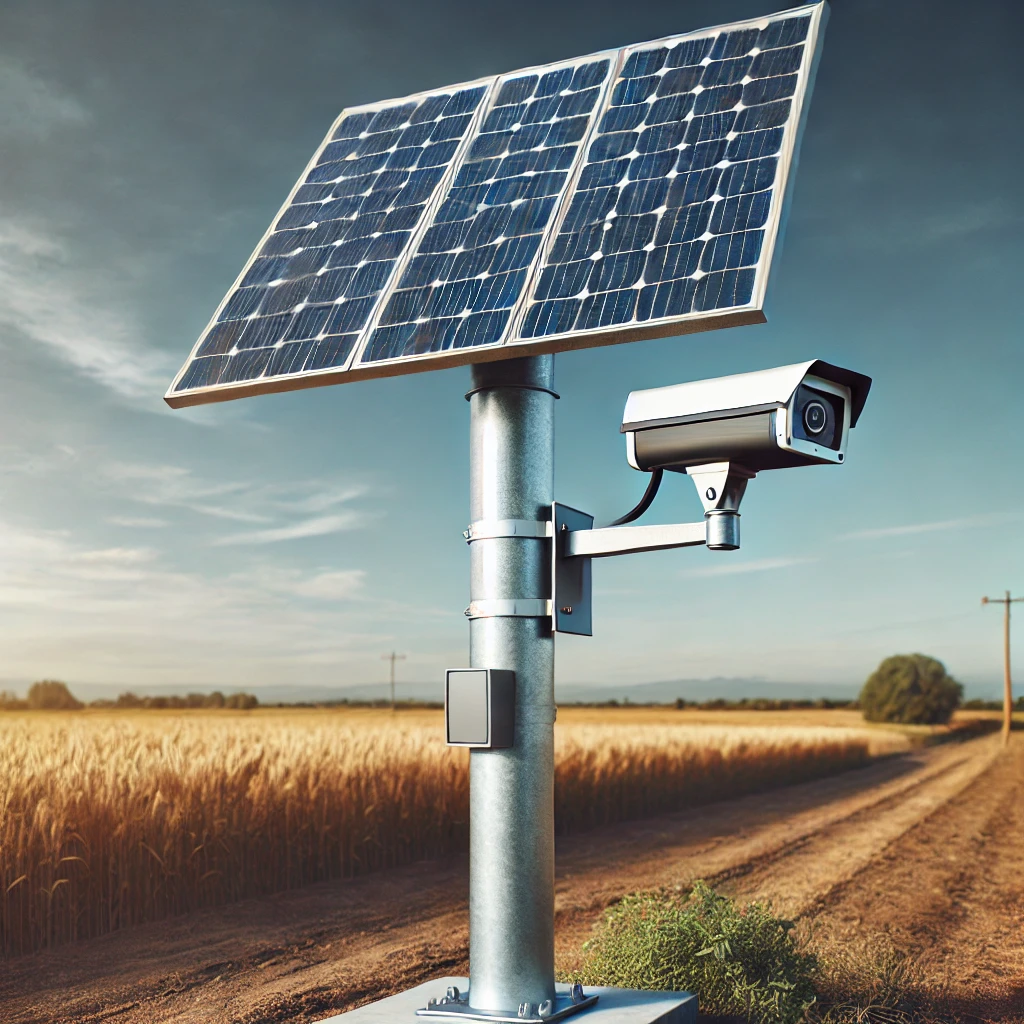In the age of smart surveillance and sustainable solutions, solar camera poles have emerged as an innovative and eco-friendly solution. These poles integrate solar panels with surveillance systems, offering an independent power source for remote and urban environments. This guide explores the entire manufacturing process of solar camera poles, the materials used, and the quality standards necessary to produce durable, reliable products.
What Are Solar Camera Poles?
Solar camera poles are designed to hold surveillance cameras while incorporating solar panels to provide off-grid power. They are ideal for areas where traditional power sources are unavailable or unreliable. These poles are widely used for:
- Traffic monitoring
- Parking lot surveillance
- Public safety in parks and open areas
- Remote or rural areas requiring 24/7 monitoring
Materials Used in Manufacturing Solar Camera Poles
High-quality materials are essential for ensuring the durability and efficiency of solar camera poles. The key materials include:
- Galvanized Steel or Aluminum:
- Provides strength and durability
- Resistant to corrosion and harsh weather conditions
- Monocrystalline or Polycrystalline Solar Panels:
- Efficient energy generation
- Chosen based on budget and required power output
- Lithium-Ion or Lead-Acid Batteries:
- Stores solar energy for use during low-light conditions
- Lithium-ion batteries offer longer lifespan and higher efficiency
- Charge Controllers:
- Regulates power from the solar panels to the battery
- Prevents overcharging and extends battery life
- Mounting Brackets and Fasteners:
- Secure the solar panels and cameras
- Typically made of stainless steel for corrosion resistance
Step-by-Step Manufacturing Process of Solar Camera Poles
1. Design and Engineering
The first step involves designing the pole structure based on specific requirements such as height, load capacity, and environmental conditions. Engineering plans include:
- Load-bearing analysis for cameras and panels
- Solar panel placement for optimal sun exposure
- Battery housing design for safety and accessibility
2. Material Procurement
Materials such as galvanized steel or aluminum, solar panels, batteries, and wiring are sourced from trusted suppliers to ensure quality and durability.
3. Fabrication of Pole Structure
- Cutting and Shaping: Steel or aluminum pipes are cut to the required height and shape.
- Welding: Additional components like mounting brackets and battery boxes are welded to the main structure.
- Surface Treatment: Galvanization or powder coating is applied to protect against rust and corrosion.
4. Installation of Solar Panels and Components
- Solar panels are securely mounted at the top of the pole.
- Batteries are placed inside secure, weatherproof compartments.
- Charge controllers and wiring are installed and tested for proper connections.
5. Quality Testing
Before deployment, the poles undergo rigorous quality checks, including:
- Load testing to ensure structural stability
- Solar efficiency testing to verify panel output
- Weather resistance tests to ensure durability in various climates
6. Packaging and Distribution
Once approved, the poles are packaged with protective materials and shipped to installation sites.
Benefits of Solar Camera Poles
1. Energy Independence
Solar power eliminates the need for grid electricity, making these poles suitable for remote locations.
2. Environmentally Friendly
Solar energy reduces the carbon footprint, contributing to sustainability goals.
3. Cost-Efficiency
Once installed, the system operates with minimal costs, reducing long-term expenses.
4. Easy Installation
No trenching or cabling for power supply makes installation quicker and more flexible.


